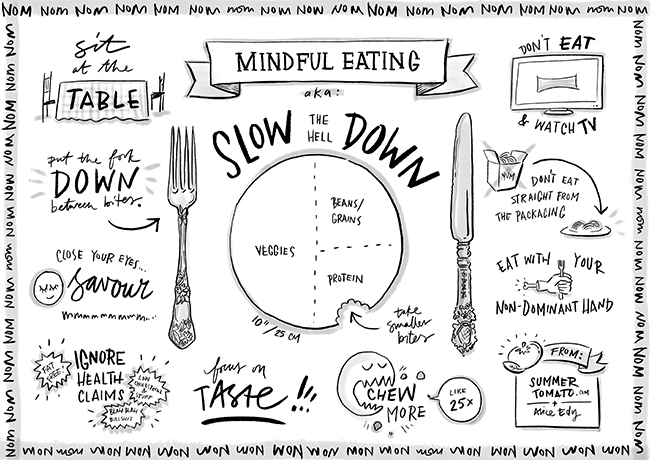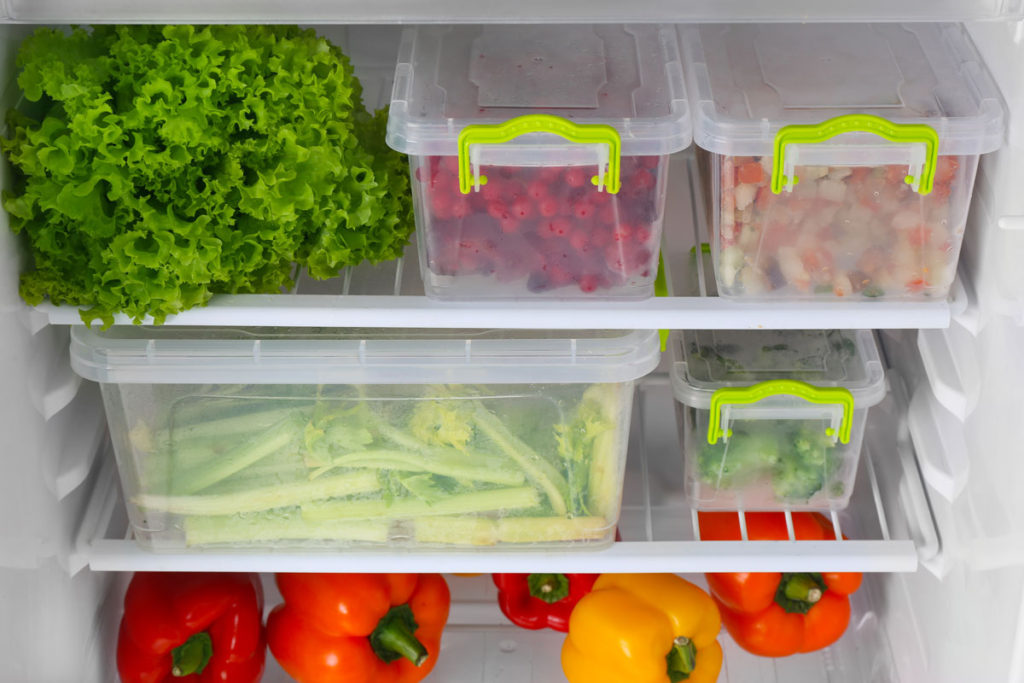Warm up your Spring with a
3 MONTH MEMBERSHIP
for
ONLY $250!
Offer expires May 31, 2018!
Interested? Get in touch:
[contactform email=”[email protected]”]
[contactform email=”[email protected]”]
First of all, your stomach and your mind are connected by what’s called the enteric nervous system. You know that feeling when you look up #foodporn and then your belly starts to grumble? Yup, that’s it. It also works the other way around: when you’re eating nutrient-dense food, you’re happier. When you gorge on some greasy fried food, you get an endorphin high for a bit, and then your mood plummets.
Often times people underestimate the power the mind can have over choices, emotions and physical feelings. But if these examples are not enough, try it yourself. If you pause, close your eyes, and just focus on your breath for a few minutes, you may notice your responses to hunger cues have changed. Because when you start to tune in to your mind and body, the distracting stimuli of the world fade away. Now you recognize whether you’re actually hungry, or if that was just a tasty-looking photo.

Your brain is like a muscle that needs to be flexed and challenged often if it is to get stronger or develop a new habit. A short, simple, daily meditation practice can help change your attitude towards food and actually aid in weight loss.
After a few weeks of daily meditation, usually it starts to become easier to quiet your mind. Don’t get frustrated if it seems like a daunting task that never improves – this is natural and will ease with practice. You just have to let go of your goals, return to your breath, and let yourself make mistakes. It’s ok! Let the thoughts come and go.
In our always-working society, people are multitasking while eating. If you can, try to put away distractions for just 20 minutes and really think about your food. Chew it fully, place your fork down in between every bite. Focus on the flavor, the texture, and how it feels to eat each bite of food. When you’re finished, notice how you feel. Do you still feel hungry? Are you full or satisfied? By practicing mindfulness when eating, you can become more in-tune with your hunger cues. You may find you’re not as hungry as you initially thought, or that a certain food is more flavorful than you realised. Mindful eating makes you not only feel more satisfied, but also more grateful for the nourishment you’re getting and more positive after your meal has ended.
I could attempt to list all the holistic health benefits of meditation, but I will leave that for your googling pleasures. But today, challenge yourself to one meal or snack where you remove all distractions, slow down and truly taste your food.
Blog post written by Trainer, Sarah Oliver
[button link=”https://vimfitness.com/nutrition/” text=”LEARN MORE” color=”green” size=”large” fullwidth=”true”]
Plan Smarter:
Keep a list of meals and their ingredients that your household already enjoys. That way, you can easily choose, shop for and prepare meals.
Make your shopping list based on how many meals you’ll eat at home. Will you eat out this week? How often?
Plan your meals for the week before you go shopping and buy only the things needed for those meals.
Include quantities on your shopping list noting how many meals you’ll make with each item to avoid overbuying. For example: salad greens – enough for two lunches.
Look in your refrigerator and cupboards first to avoid buying food you already have, make a list each week of what needs to be used up and plan upcoming meals around it.
Buy only what you need and will use. Buying in bulk only saves money if you are able to use the food before it spoils.
 Store Properly:
Store Properly:
Find out which fruits and vegetables need to be refrigerated and which don’t to help them stay fresh longer.
Freeze, preserve, or can surplus fruits and vegetables – especially abundant seasonal produce.
Many fruits give off natural gases as they ripen, making other nearby produce spoil faster. Store bananas, apples, and tomatoes by themselves, and store fruits and vegetables in different bins.
Wait to wash berries until you want to eat them to prevent mold.
If you like to eat fruit at room temperature, but it should be stored in the refrigerator for maximum freshness, take what you’ll eat for the day out of the refrigerator in the morning.
Prep Tips:
When you get home from the store, take the time to wash, dry, chop, dice, slice, and place your fresh food items in clear storage containers for snacks and easy cooking.
Befriend your freezer and visit it often. For example,
Freeze food such as bread, sliced fruit, or meat that you know you won’t be able to eat in time.
Cut your time in the kitchen by preparing and freezing meals ahead of time.
Prepare and cook perishable items, then freeze them for use throughout the month. For example, bake and freeze chicken breasts or fry and freeze taco meat.
Thrifty Secrets:
Shop in your refrigerator first! Cook or eat what you already have at home before buying more.
Have produce that’s past its prime? It may still be fine for cooking. Think soups, casseroles, stir fries, sauces, baked goods, pancakes or smoothies.
If safe and healthy, use the edible parts of food that you normally do not eat. For example, stale bread can be used to make croutons, beet tops can be sautéed for a delicious side dish, and vegetable scraps can be made into stock.
Learn the difference between “sell-by,” “use-by,” “best-by,” and expiration dates.
Are you likely to have leftovers from any of your meals? Plan an “eat the leftovers” night each week.
At restaurants, order only what you can finish by asking about portion sizes and be aware of side dishes included with entrees. Take home the leftovers and keep them for or to make your next meal.
At all-you-can-eat buffets, take only what you can eat.
Blog post written by Trainer, Sarah Oliver
[button link=”https://vimfitness.com/nutrition/” text=”LEARN MORE” color=”green” size=”large” fullwidth=”true”]
I have no idea how to use morels or nettles, so if you have any ideas, let me know! I’m going to focus today’s blog on a spring recipe that involves the nutrient-dense veggie: fava beans!
Ingredients:
Steps:
Blog post written by Trainer, Sarah Oliver
[button link=”https://vimfitness.com/nutrition/” text=”LEARN MORE” color=”green” size=”large” fullwidth=”true”]

Blog post written by Trainer, Sarah Oliver
[button link=”https://vimfitness.com/nutrition/” text=”LEARN MORE” color=”green” size=”large” fullwidth=”true”]
University Park
350 Massachusetts Avenue
Cambridge, MA 02139
(617) 577-1100
Hours of Operation
Weekdays: 5:30am-9:30pm
Weekends: 9am-7pm
_____________________
Central Square
579 Massachusetts Avenue
Cambridge, MA 02139
(617) 945-2708
Hours of Operation
Weekdays: 6am-10pm
Weekends: 8am-8pm
